3 ARTICLES RELATED TO THE TOPIC OF SLEEP & RELATED DISORDERS
ARTICLE #1
TITLE
Exactly What 7 Sleep Experts Do When They Can’t Fall Asleep
DESCRIPTION
The sleep section of the textbook in the introductory course in Psychology is always a hit with the students. Usually the professor and the textbook discuss and describe states of consciousness, the purpose of sleep, sleep stages, REM states and dreaming as well as sleep disorders. Students find it fascinating and engaging. Often questions come up regarding insomnia and problems falling asleep. This article provides advice from sleep experts on the topic, and the advice includes behavioral strategies, meditation, breathing exercises, thought control, and a few more. The article is interesting to read and can accompany the textbook chapter on sleep as well as for topics of health and positive Psychology.
SOURCE
Health Magazine, March 19, 2018, by Sarah Klein
LINK TO RESOURCE
http://www.health.com/sleep/sleep-experts-sleeping-tips
(Tiny URL) http://tinyurl.com/y7uuj9z6
ARTICLE #2
TITLE
Being Exposed to Even a Small Amount of Light During Sleep is Linked to Depression
DESCRIPTION
“A study published recently in the American Journal of Epidemiology found a strong association between even low-level nighttime light exposure and depressive symptoms among elderly adults.” This is an interesting article in that it provides a summary of the methodology the researchers used to study this phenomenon in the elderly. “Seventy-three people developed depressive symptoms during the follow-up period, and the researchers found a correlation between that progression and exposure to nighttime light. People who saw more than five lux of light at night were much more likely to develop symptoms of depression than those who slept in a completely dark room.” The article points out that this does not necessarily show a cause and effect relationship but rather may be a factor in depression in the elderly. This article can be used as part of a discussion about sleep and also in a discussion about aging and attendant problems in mental health.
SOURCE
Time Magazine, March 7, 2018, by Jamie Ducharme
LINK TO RESOURCE
http://time.com/5189387/dark-room-sleep-study/
(Tiny URL) http://tinyurl.com/yabo4fov
ARTICLE #3
TITLE
Patient Voices: Narcolepsy
DESCRIPTION
“Narcolepsy is a sleep disorder characterized by excessive sleepiness, sleep paralysis, hallucinations, and in some cases episodes of cataplexy (partial or total loss of muscle control, often triggered by a strong emotion such as laughter).”
(https://sleepfoundation.org/sleep-disorders-problems/narcolepsy-and-sleep)
This is an extremely serious and perhaps sleep disorder that can completely disrupt daily living. The cause is due to the loss of a chemical hypocretin in the brain in an area near the hypothalamus. While there is no cure, the problem can be managed. The link below is to: “Patient Voices is an audio-visual series that tells the stories of people living with chronic illness. Patient Voices: Narcolepsy was originally published in Aug. 2009.) The article is brief and the three cases provide several brief audio stories from the cases experiencing the problem.
Having the students read the three brief cases and then listen to the audio for each (less than 2 minutes for each) provides an opening to greater engagement and discussion of the disorder and how it manifests in daily living. The discussion can be used as part of the course that covers sleep as well as health Psychology.
SOURCE
New York Times, March 26, 2018, By Karen Barrow
LINK TO RESOURCE
https://www.nytimes.com/interactive/2018/well/patient-voices-narcolepsy.html
(Tiny URL) http://tinyurl.com/y927e49a
CLASS DISCUSSION QUESTIONS
•Begin with a lecture/discussion regarding states of consciousness, sleep, its functions, REM sleep and dreaming, and disorders of sleep.
•Focusing on the disorders: What is insomnia? Ask the class to discuss the issue and problems in falling asleep. Then turn attention to the articles and discuss strategies to fall asleep. If in small groups, ask the students to discuss their own strategies for sleep.
•Does sleep change with the aging process? What does the study cited above point out about exposure to light while sleeping? Is it best for elderly to sleep with lights on or in total darkness?
•What is narcolepsy? ( use the link in then the article description) How does it disrupt daily living as described by the “Patient Voices” article and audio stories?


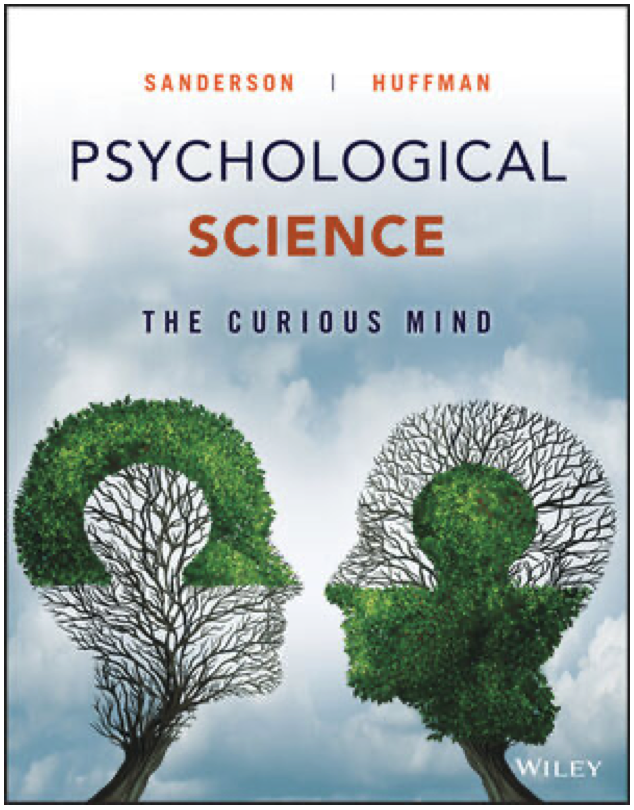
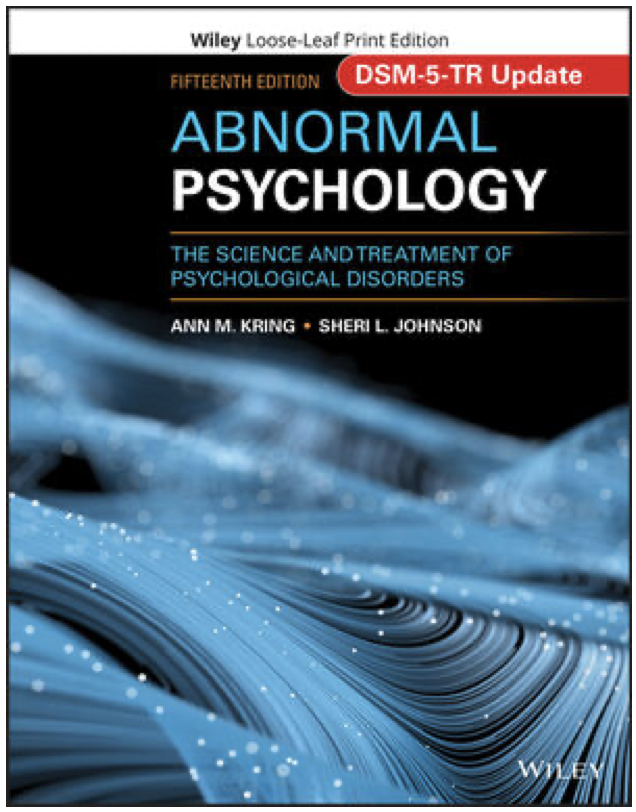
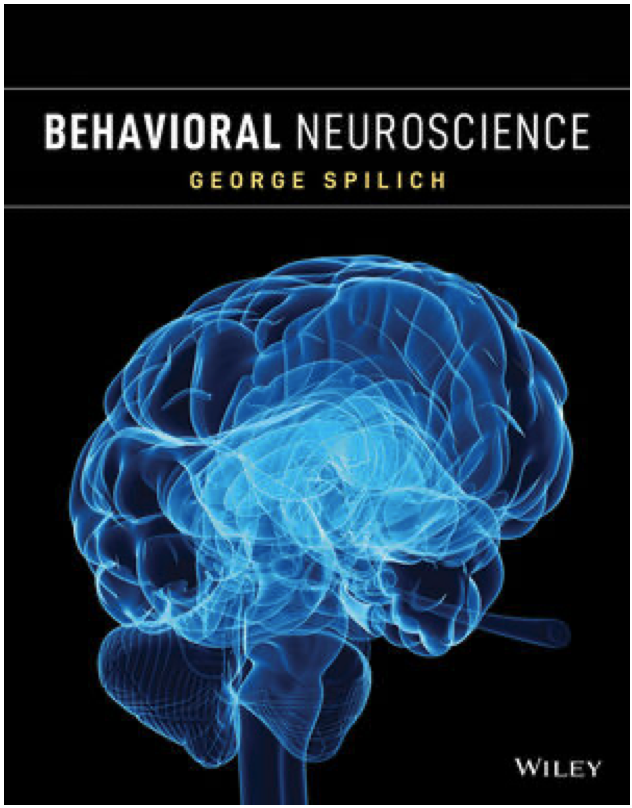
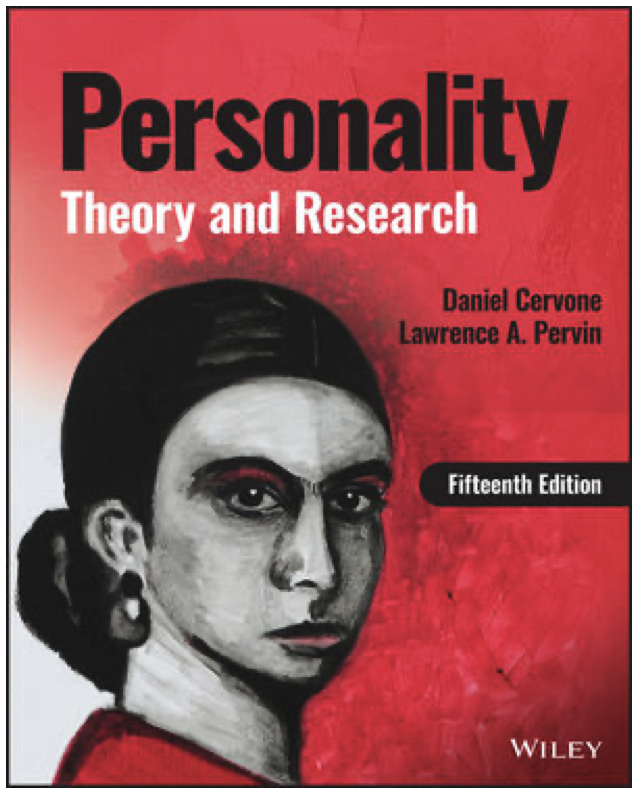
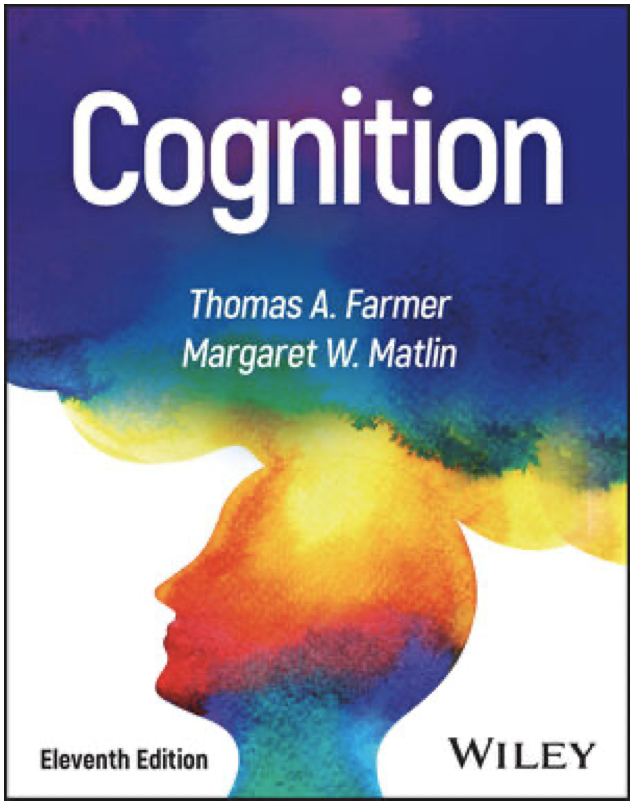
Leave a Reply